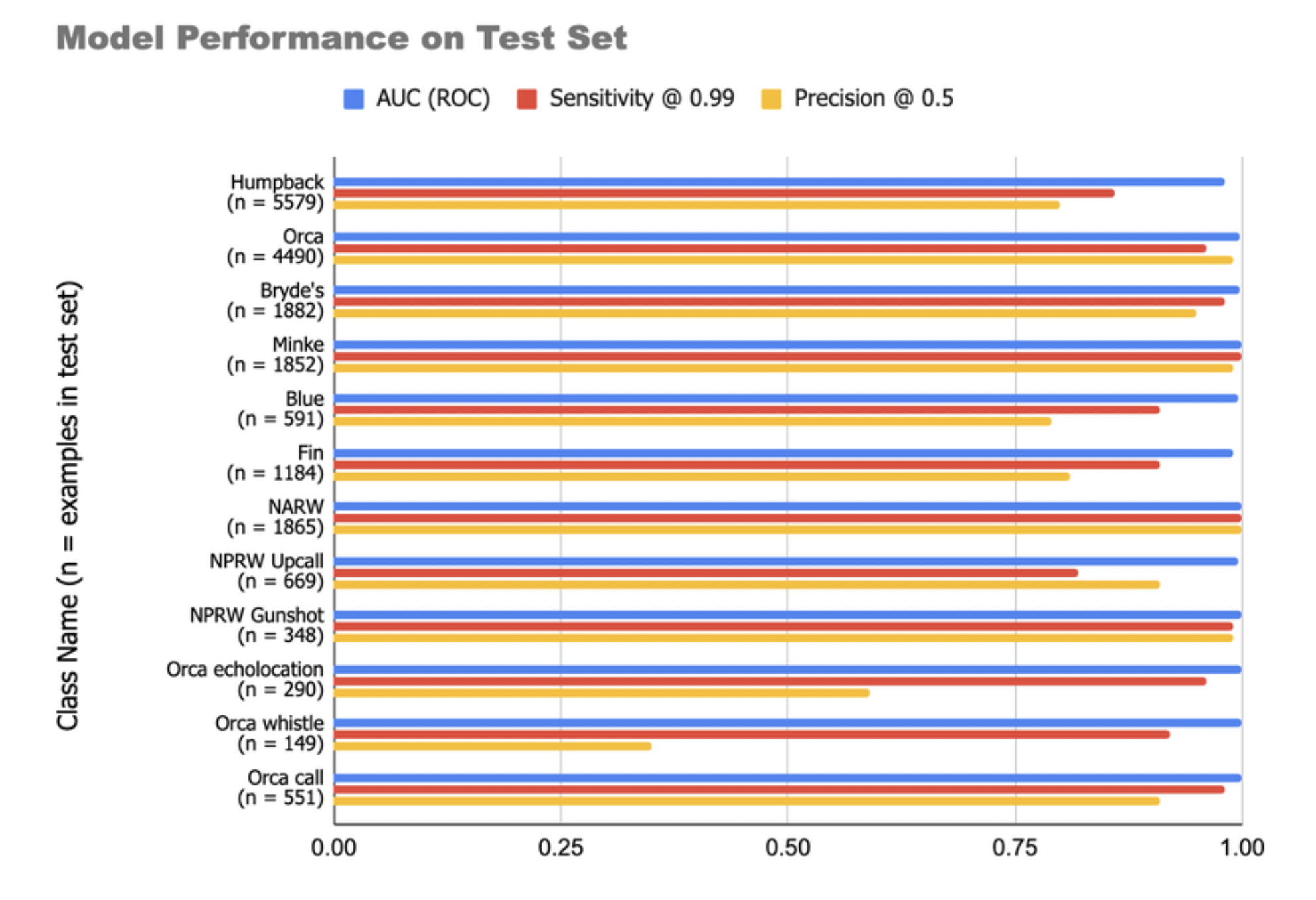
Practical Solutions and Value of Google’s New Whale Bioacoustics Model
Overview
Whale species have diverse vocalizations, making it challenging to classify them automatically. Google’s new model helps estimate population sizes, track changes, and aid conservation efforts.
Model Development
The model classifies vocalizations from eight whale species, including unique sounds like “Biotwang” from Bryde’s whale. It processes audio data into spectrogram images for accurate classification.
Key Features
The model uses mel-scaled frequency axes and log amplitude compression for classification. It can differentiate between species and vocalization types, providing valuable insights into whale populations.
Benefits
The model aids in understanding species movements, migration patterns, and ecological insights. It is publicly available for further research and conservation efforts.
Conclusion
Google’s model is a significant advancement in marine biology research, offering scalable and accurate classification of underwater audio data. It provides detailed insights into whale populations, especially for elusive species like Bryde’s whales.



























